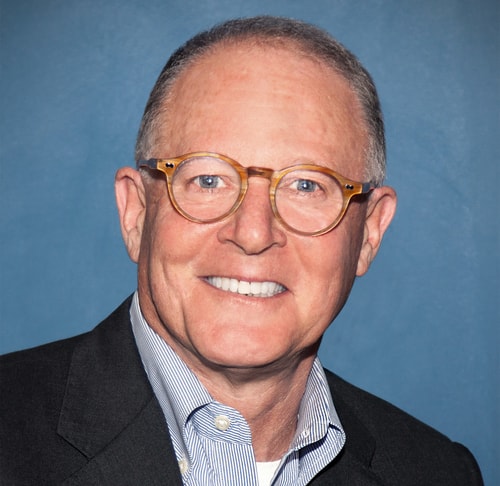ECRM is a really interesting trade show held annually in San Diego in August. It’s unusual in a couple of ways.

(l. to r.) Miguel Lugo of Park Street Imports, Joe Johnson of RaceTrac, Meridith May of Tasting Panel/Somm Journal, Steve Raye, Sam Lindsley Symon Restaurants
First, it’s different in terms of it being more like ProWein/Vinitaly/Vinexpo than WSWA. By that I mean its focus is to connect on and off premise buyers, principally national and regional accounts, with sellers. In this case sellers included importers, wineries, distilleries, multinational bev. alc. companies, generics/regional and country trade promotion agencies.
Second, the model is speed dating with individual pre-arranged meetings, in contrast to more traditional exhibit halls and walk around tasting events.
Those differences are critical to making ECRM one of the more productive trade shows I’ve seen. Productivity measured in terms of serious buyers sitting down with serious sellers with the mutually understood and expressed interest in doing business. “Random” and “Casual” are definitely not part of the lexicon here. Everyone who attended was focused on specific business needs and an effort to understand and identify prospective partners.
The first question I fielded was in regard to technology that I’ve found most helpful for brands that want to have access to U.S. distribution. Those of you who know me, know that I could do a solid 2 hrs. on just the access question alone. Here though, my response was that technology is really just a tool, not an end in itself. And what it is allowing is a tremendous shift in access to information and education in the industry. The bottom line being that technology has evened the playing field for small players to go toe-to-toe with the big boys. Mastering social media, engagement, and dialog is significantly more powerful than traditional paid media budgets, and can create a competitive edge. The better a brand understands, engages with and relates to their audience, the more powerful that audience can be in building a brand.
Trade marketing was another subject the panel discussed, and one that we passionately promote as a competitive advantage for brands. One key piece of advice we offer to new brands is to not market to empty shelves. Getting distribution in place is a critical first step before you can begin brand activation. If you can come up with creative ways to link them together AND bring the trade into the equation, the results can be extraordinary. We’re doing that right now with a new product called Singani 63 from Bolivia. One of the key accomplishments to date is that we are on the drink menu at 36 off the 42 high visibility on-premise accounts we’re in distro at in NYC. Places like PDT, Milk & Honey, Little Branch, Dream Downtown and SoHo Grand.
Equally important was finding out the POD that MAD…the Point of Difference that Makes a Difference. It’s all built around the authenticity of a product with a totally unique flavor profile and back story that really resonates with mixologists and bartenders. Couple that with the receptivity and interest in craft spirits, and a 500 year history providing authenticity, add a bit of the story of “Terroir” or sense of place for a spirit, and then present the brand to the trade in an interesting, engaging and creative way and you’ve got a recipe for success. (It also helps to have an Academy Award winning director behind the brand functioning as creative director and copywriter)






